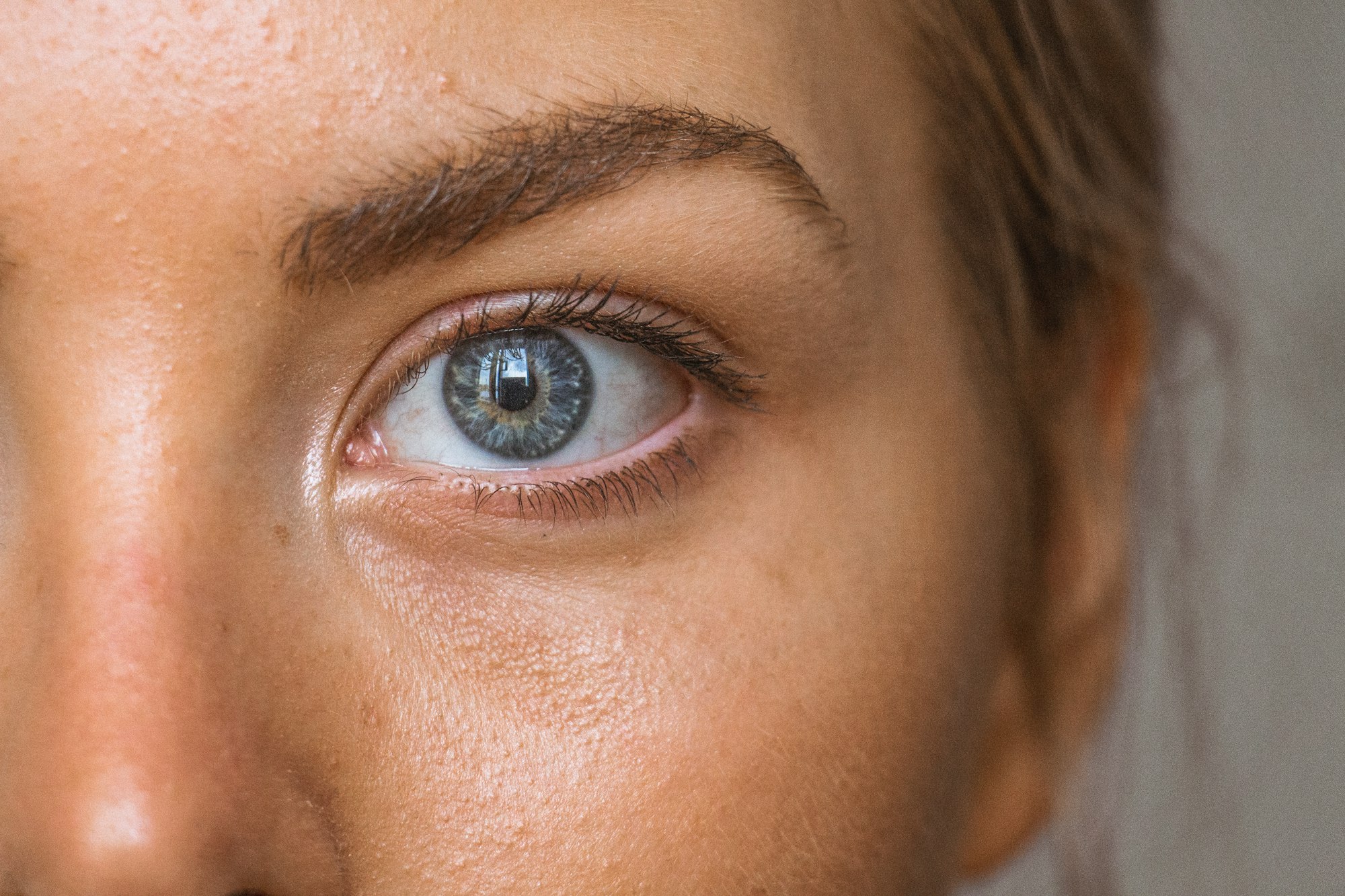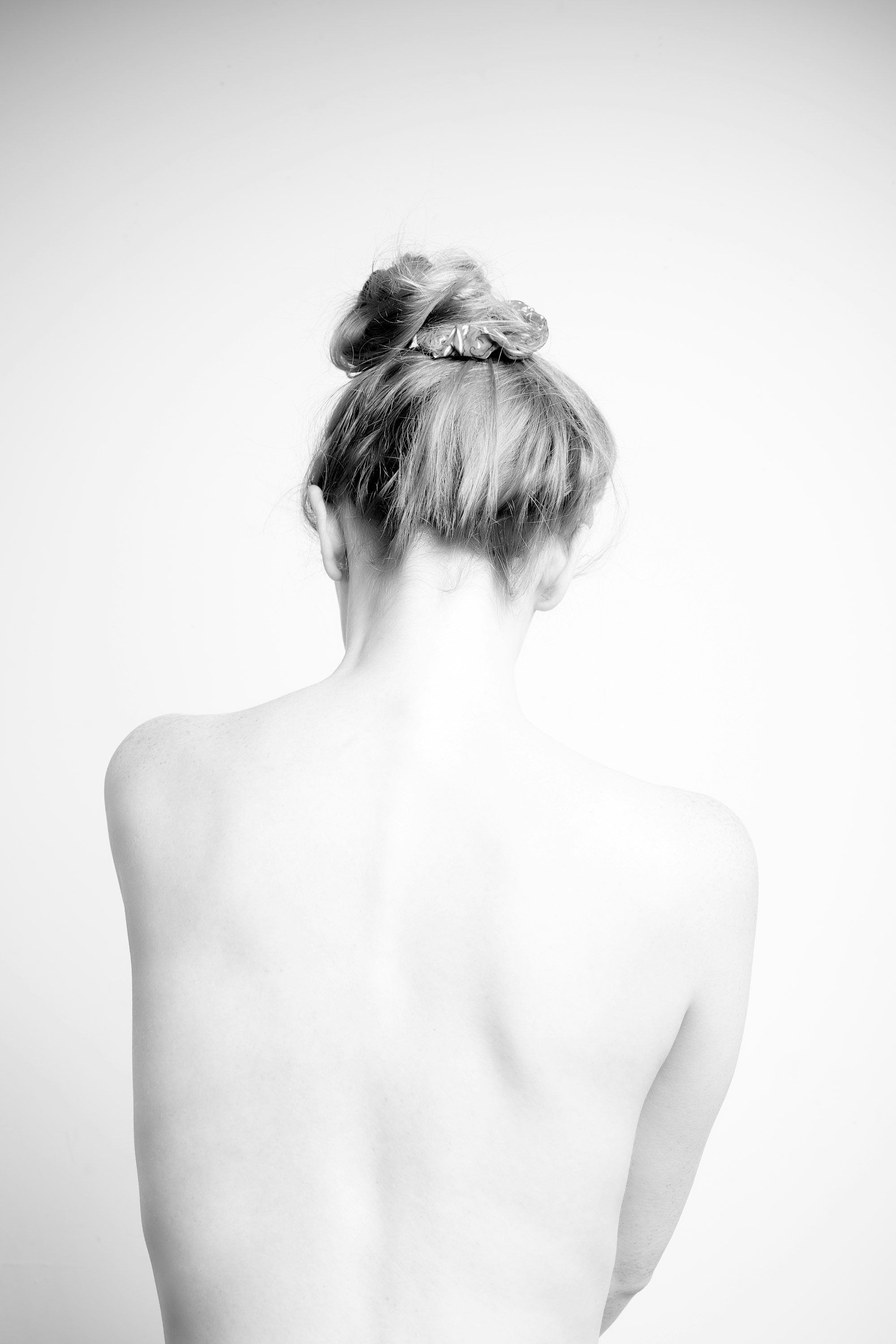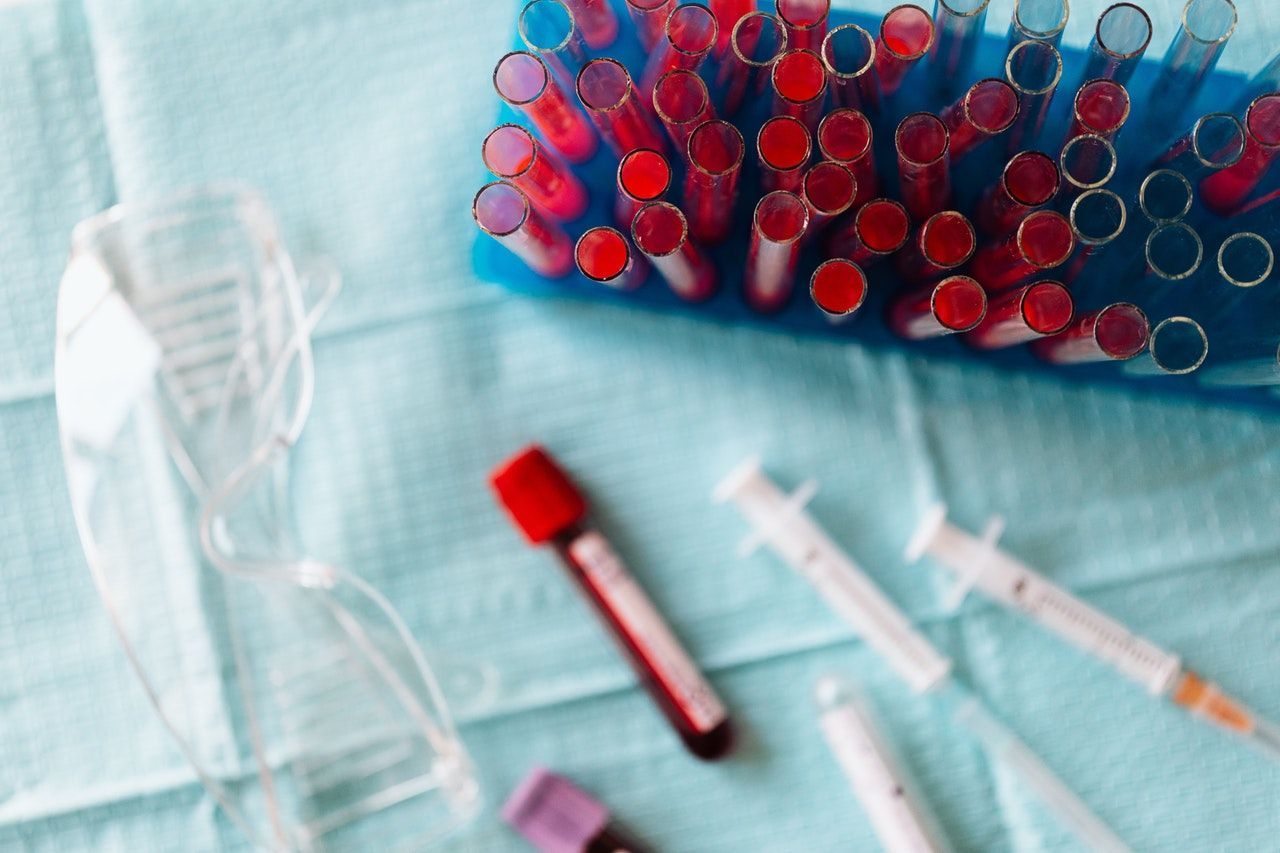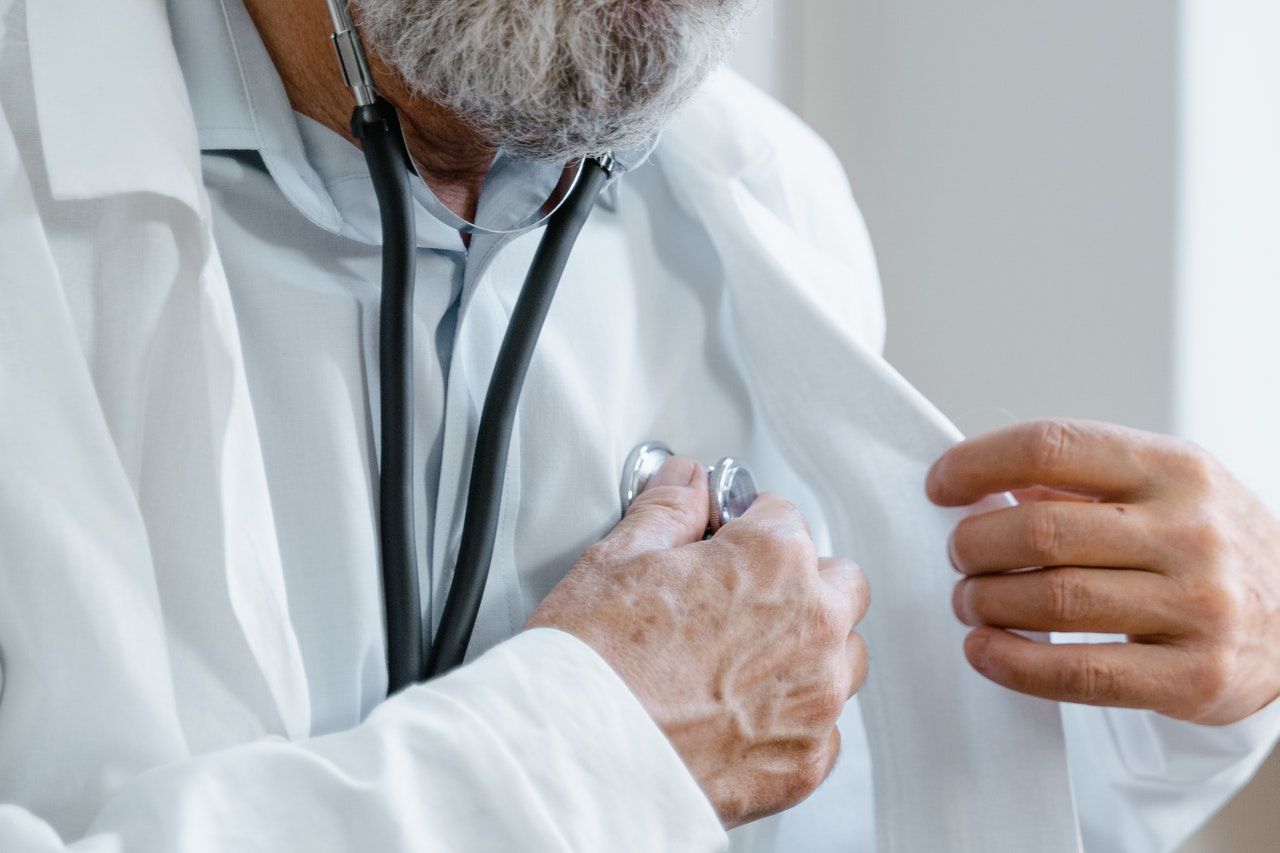
Cardiovascular Examination
Introduction
- Wash hands
Wash your hands using the Ayliffe technique
2. Introduce yourself
Introduce yourself and give your name and grade
3. Check patient details
Clarify patient's identity by confirming name and asking for their DOB
4. Describe the examination
Explain what examination you are performing and what it involves
5. Gain verbal consent
6. Offer a chaperone
Ask if they would like a chaperon
Peripheral Examination

- Positioning patient at 45 deg
Initially lie the patient at 45 degrees and expose them from waist up
2. End of bed inspection
Inspect the patient from the end of the bed and look for the following:
- Patient - Note any tachypnoea, cachexia, oedema.
- Adjuncts - eg. any supplemental O2 (%), IV lines, infusions, catheter
- Paraphernalia - eg. GTN spray, cigarettes, walking aid
3. Inspect the hands
Inspect the hands and check for stigmata of chronic GI disease
Skin
- Tar staining (smoker)
- Janeway lesions - micro-abscess, painless (pathognomonic of subacute infective endocarditis)
- Osler nodes - inflammatory complex, painful (10-25% of IE)
- Xanthomata - cholesterol deposits in tendons of hand and elbows (hypercholesterolaemia)
- Scar - Radial scar from angiography
- Temperature
- Cold hands - Poor cardiac output, Raynauds, PVD
Nails
- Clubbing (Cyanotic heart disease - Fallot’s tetralogy,transposition of great arteries, Eisenmenger's, chronic endocarditis)
- Splinter haemorrhage (Subacute bacterial endocarditis)
- Koilonychia (iron deficiency)
4. Check pulse and respiratory rate
Check the patient's pulse and resp rate. Time for 15 seconds and multiply by 4.
- Irregular (AF, ectopics, respiratory sinus arrhythmia)
- Pulsus paradoxus - decrease in amplitude of pulse/BP during inspiration (cardiac tamponade, constrictive pericarditis)
- Pulsus alternans - alternating weak and strong beats (LV dysfunction)
- Collapsing pulse - tapping (Aortic regurgitation)
Delay
- Radio-radial - coarctation aorta (pre left subclavian), dissection
- Radio-femoral - coarctation aorta (post left subclavian)
5. Inspect the face and neck
Next, inspect their eyes, mouth for the following.

Eyes
- Xantholesma - yellow deposits around skin of eyes (hypercholesterolaemia)
- Corneal arcus - white, grey, blue ring around edge of cornea (hypercholesterolaemia, unilateral ?decreased blood flow to eye)
- Pale conjunctiva (anaemia)
Skin
- Malor flush - flushing of cheeks (mitral regurgitation)
Mouth
- Cyanosis
- Glositis - large tongue (iron deficiency)
- Angular cheilitis - cuts to edge of lips (iron deficiency)
6. Inspect the neck for the JVP
There are seven features of a JVP that distinguish it from other vessels.
- Complex waveform
- Non-palpable
- Collapsible
- Predominantly down going
- Changes in inspiration (normal to go down)
- Changes with positioning
- Hepatojugular reflex
Raised (Sign of fluid overload)
Canon waves - large a wave (complete heart block)
Chest examination
1. General Inspection
Inspect the chest again more closely and look for the following:
Scar
- Central sternotomy (CABG, valve replacement, cardiac surgery)
- infraclavicular (PPM, defibrillator, reveal device)
PPM boxes
2. Palpation of the chest
Palpate the chest wall, feeling for the following.
Heave - hypertrophy
Thrill - palpable murmur
Apex beat - Normally 5th IC space mid-clavicular line
3. Listen to the heart sounds
Listen to the following four areas of the chest for the heart sounds.
Murmur
- Stenosis (Mid-diastolic)
- Regurgitation (pan-systolic)
Manoeuvres
- Lie on the left side
- Expiration - enhances left-sided heart sounds
- Bell of stethoscope - high pitched MS murmur
- Axilla radiation - mitral regurgitation
Murmur
- Stenosis (Mid diastolic murmur)
- Regurgitation (pan-systolic)
Manoeuvres
- Inspiration - enhances murmur
- Liver - pulsates with heartbeat and murmur can be heard in severe TR
Murmur
- Stenosis (early systolic)
- Regurgitation (early diastolic)
Manoeuvres
- Inspiration - enhances murmur
Murmur
- Stenosis (ejection systolic, crescendo-decrescendo)
- Regurgitation (early diastolic)
Manoeuvres
- Expiration - enhances murmur
- Listen to carotid - aortic stenosis
- Sit forward (listen to 4th IC space left sternal edge) - Aortic regurgitation

4. Examine the back
Inspect the back and check for the following.
- Sacral oedema (fluid overload and heart failure)
- Listen to the base of lungs (fluid overload and heart failure)
5. Conduct a brief vascular exam
- Aorta
- Palpate - Pulsatile/expansile (aneurysm)
- Listen
- Aortic bruis
- Renal bruis (renal artery stenosis)
- Femoral (inguinal line)
- Palpate
- Check for femoral-femoral delay
- Popliteal
- Posterior tibialis
- Dorsalis pedis
6. Check for peripheral oedema
Check for peripheral oedema. Note if it is pitting and to what level it extends.
End of examination
- Thank patient
Let the patient know you have finished examining them and thank them for their time. Be courteous and offer them help to get redressed.
2. State other exams for completion
Turn to the examiner and state what else you would do to complete the exam.
3. State what tests you would perform
Explain to the examiner what tests and investigations you would perform
If you have found this useful please share it - with your fellow students and friends! Thank you.
Doctor Khalid
Doctor Khalid Newsletter
Join the newsletter to receive the latest updates in your inbox.




